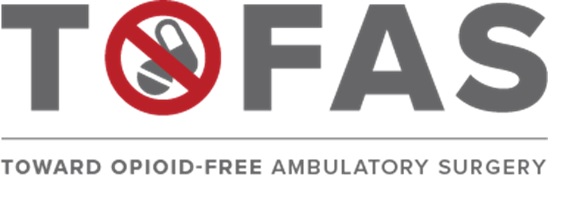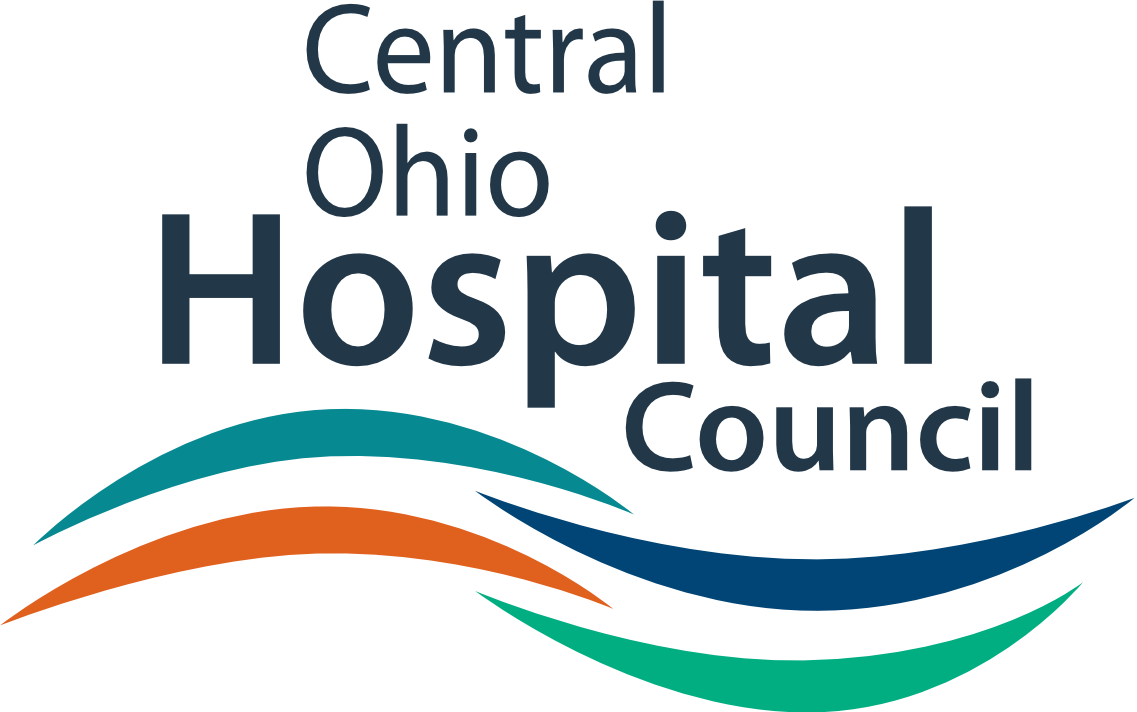
TOFAS Patient Education Flyer for Adults
TOFAS Patient Education Flyer for Children
Overdose Facts
In 2023, 105,007 drug overdose deaths occurred in the United States, resulting in an age-adjusted rate of 31.3 deaths per 100,000 population. Since 2009, an increasing proportion of drug overdose deaths have been caused by opioids, which accounted for 70.6% of all drug overdose deaths in 2019.
Ohio has the 6th highest drug overdose mortality rate in the country, at 48.1 deaths per 100,000 population behind West Virginia (90.9), Tennessee (56.6), Louisiana (55.9), Kentucky (55.6) and New Mexico (51.6).
In Franklin County, 696 individuals died from a drug overdose in 2023, up from 547 in 2019, the year before the COVID pandemic.
A 2009 study of young, urban injection drug users found that 86% had used opioid pain relievers nonmedically prior to using heroin, and their initiation into nonmedical use was characterized by three main sources of opioids: family, friends, or personal prescriptions.
Reducing Opioid Use After Ambulatory Surgery: A Collaborative Approach
Unused opioids prescribed for postoperative pain control after elective surgery remain an underrecognized contributor to the opioid abuse epidemic. A quality improvement project, being undertaken by OhioHealth, Mount Carmel Health System, Nationwide Children’s Hospital, and The Ohio State University Wexner Medical Center, aims to characterize and reduce opioid use after elective ambulatory surgery across the health systems in Central Ohio.
Toward Opioid-Free Ambulatory Surgery (TOFAS) is an initiative, originating at the OSU Wexner Medical Center, to investigate the effectiveness of pain management with minimal use of opioids for same-day or ambulatory surgery patients.
Project goal: Reduce the prescribing of opioids after surgery, while maintaining pain management through the recovery process.
Methods: Patients undergoing elective, ambulatory surgical procedures will be identified by each of the 4 hospital systems on a monthly basis. Service lines may include General Surgery, Gynecology, Urology, ENT, and Orthopedic Surgery. Patients will be surveyed via email after surgery to determine details about postoperative analgesic medications including opioids prescribed, opioids used and opioids remaining unused, including how they were disposed. Results will be shared with the hospital systems, initially in aggregate and eventually by service line and at the prescribing provider level.
Shared Learnings from OSU Wexner
The TOFAS initiative across the four Central Ohio hospital systems came about after a similar project was implemented at the Ohio State University Wexner Medical Center. A TOFAS research project was initiated at OSUWMC to create, implement, and evaluate an opioid-sparing analgesic regimen for use in ambulatory surgery. The regimen included a post-operative prescription of alternating acetaminophen and ibuprofen for 3 days following surgery, along with a rescue prescription of Oxycodone for breakthrough pain, in needed by the patient.
Results of the study showed:
90% of patients enrolled participated
58% of patients did not use their opioid rescue prescription
Of the 42% who used their rescue prescription, a median of 3 out of 10 pills were used
Pain management was still effective despite the opioid reducing regimen (mean preop pain score 1.28 [on 1-10 scale with 0 being no pain and 10 being worst pain] versus mean postop score of 1.50)
References
Center for Disease Control and Prevention, National Center for Health Statistics
City of Columbus, Columbus and Franklin County Addiction Plan
Jones CM. Heroin use and heroin use risk behaviors among nonmedical users of prescription opioid pain relievers – United States, 2002-2004 and 2008-2010
